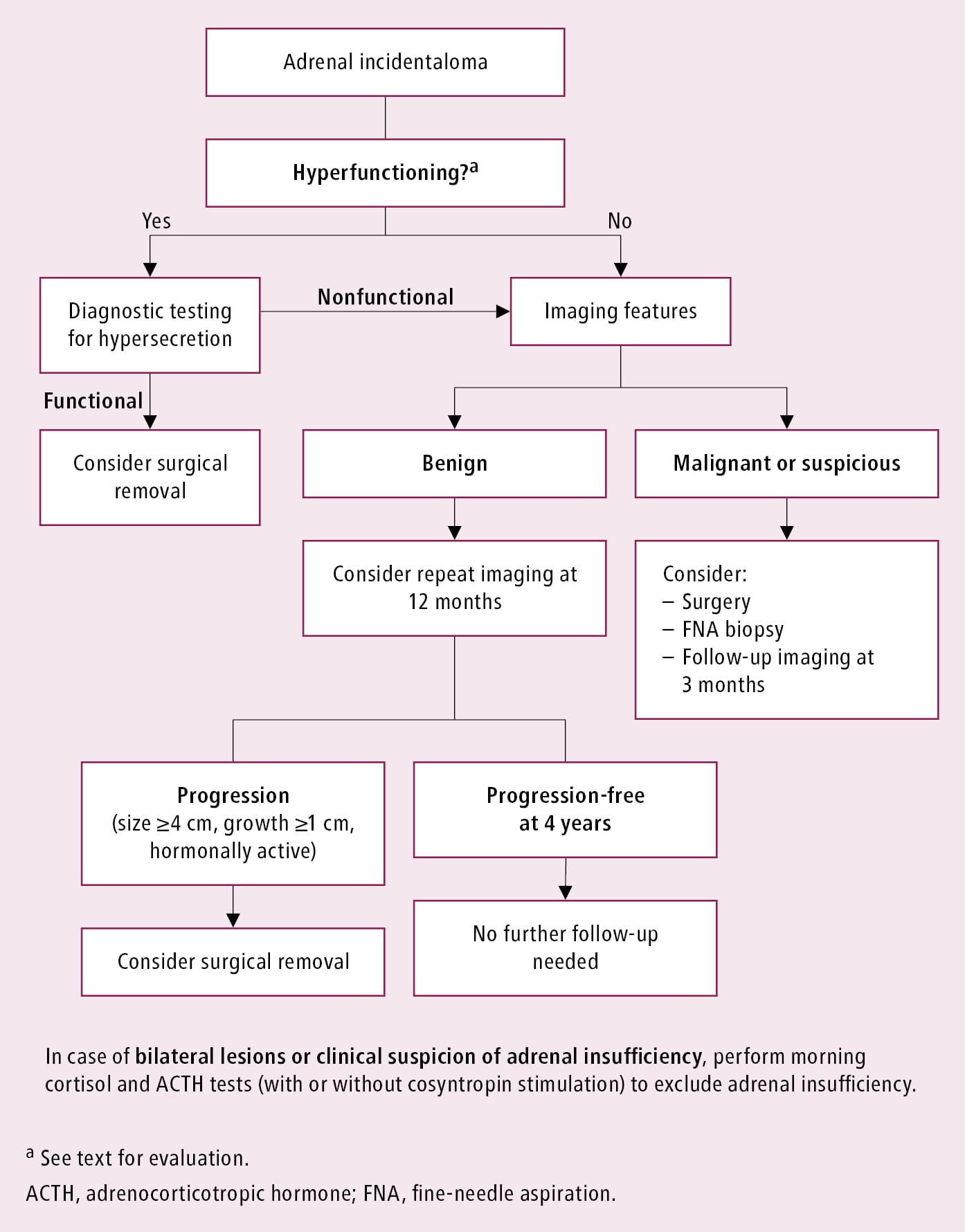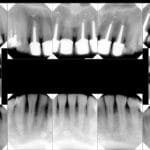Adrenal washout analysis plays a vital role in differentiating benign adrenal adenomas from other adrenal masses, potentially minimizing unnecessary interventions. This article provides a comprehensive overview of adrenal washout, covering its purpose, methodology, interpretation, and clinical significance.
What is Adrenal Washout?
Adrenal washout is a diagnostic technique employed to characterize adrenal lesions, primarily differentiating benign adenomas from other, possibly malignant, masses. It involves assessing the rate at which intravenously administered contrast material clears from an adrenal lesion over time, typically using computed tomography (CT) imaging. This clearance rate can offer valuable insights into the nature of the lesion. Benign adrenal adenomas, due to their unique vascularity, tend to exhibit rapid washout of contrast material compared to other adrenal lesions.
Adrenal Washout Calculations: A Deeper Dive
Two key calculations are used to quantify adrenal washout: Absolute Washout Percentage (AWP) and Relative Washout Percentage (RWP). Both utilize Hounsfield Units (HU), a measure of tissue density on CT scans, obtained at different time points: pre-contrast, post-contrast (arterial phase), and delayed (typically 10-15 minutes post-contrast).
Absolute Washout Percentage (AWP): This calculation considers the change in HU from enhanced to delayed phases relative to the change from pre-contrast to enhanced phases. The formula is:
[(Enhanced HU - Delayed HU) / (Enhanced HU - Pre-contrast HU)] x 100.Relative Washout Percentage (RWP): RWP focuses on the change in HU from enhanced to delayed phases relative to the HU in the enhanced phase. The formula is:
[(Enhanced HU - Delayed HU) / Enhanced HU] x 100.
Interpreting Adrenal Washout Results
Generally, an AWP of 60% or greater, or an RWP of 40% or greater, suggests the lesion is a benign adenoma. However, these thresholds are not absolute. Lower values do not definitively indicate malignancy but may warrant further investigation. It is crucial to interpret washout results in conjunction with other clinical and radiological findings, including patient history, symptoms, and lesion characteristics on imaging.
Adrenal Washout CT Protocol: Ensuring Accuracy
A standardized protocol is essential for acquiring reliable adrenal washout data. This typically involves the following steps:
Non-contrast CT: This initial scan provides a baseline measurement of the lesion’s density before contrast administration.
Contrast-enhanced CT (arterial phase): This scan, acquired approximately 60-75 seconds post-contrast injection, captures the peak enhancement of the adrenal gland, revealing how much contrast the lesion absorbs.
Delayed CT (10-15 minutes): This scan, taken after a delay, assesses the amount of contrast remaining within the lesion, reflecting the washout rate.
Precise placement of the Region of Interest (ROI) is critical for accurate HU measurements. The ROI should encompass approximately two-thirds of the lesion’s circumference, ensuring a representative sample.
Clinical Significance and Limitations of Adrenal Washout
Adrenal washout analysis offers significant clinical value. It can help avoid unnecessary invasive procedures, such as biopsies or surgeries, for lesions likely to be benign adenomas. Moreover, it can aid in the evaluation of adrenal incidentalomas—lesions discovered incidentally on imaging performed for unrelated reasons. However, it’s important to acknowledge the limitations of this technique.
Points to Keep in Mind
- Overlapping Washout Values: Adrenal washout values can sometimes overlap between benign adenomas and other adrenal masses, making definitive diagnosis challenging based on washout alone. Further investigation may be necessary in such cases. It’s like two suspects having the same shoe size – it’s a clue, but not conclusive evidence.
- Not All Lesions Require Washout Characterization: In some instances, the imaging characteristics of a lesion may be sufficiently specific to determine its nature without the need for washout analysis. This is like a detective seeing someone robbing a bank on camera – there’s no need for a lengthy investigation.
While adrenal washout is a valuable tool, it is not a standalone diagnostic test. Results should always be interpreted within the broader clinical context. Some non-adenomas may exhibit rapid washout, while some adenomas may have slower washout than expected. Ongoing research is continually refining our understanding of adrenal washout and its application in clinical practice.
Adrenal Washout Calculator: A Practical Tool
Several online adrenal washout calculators are available, simplifying the process of applying the AWP and RWP formulas. These calculators can be helpful for healthcare professionals, but it’s essential to remember that they are just tools. Clinical judgment and correlation with other findings remain paramount.
For a quick and reasonably priced diagnosis that is done in a laboratory setting, use our amnisure test. Our biliblanket is a comfortable and convenient way to provide warmth to your newborn.














